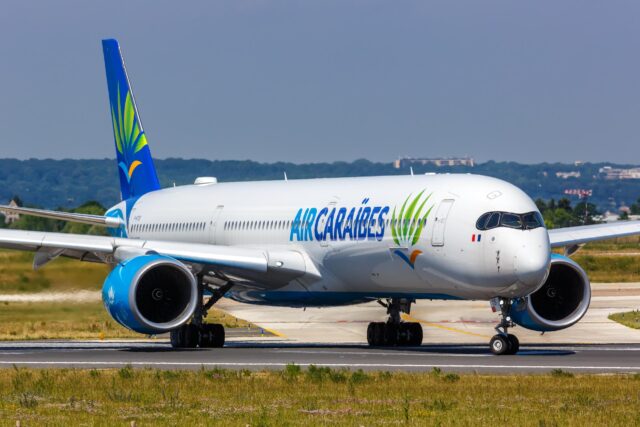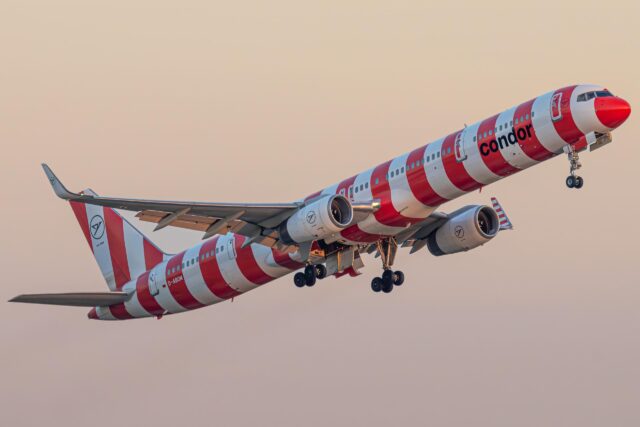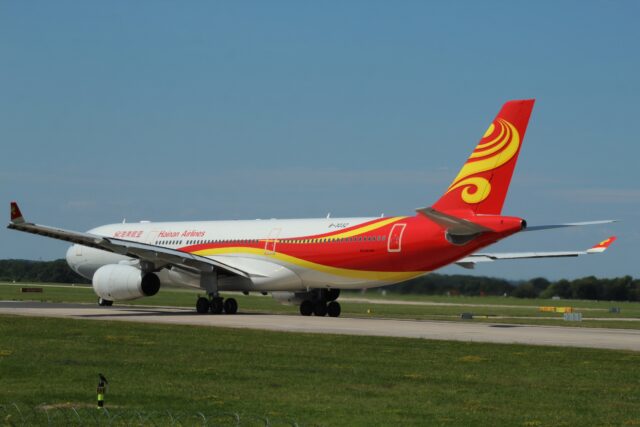White House Warns Of ‘Holiday Meltdown’ during the US government shutdown: Who in aviation is working without pay?

October 31, 2025
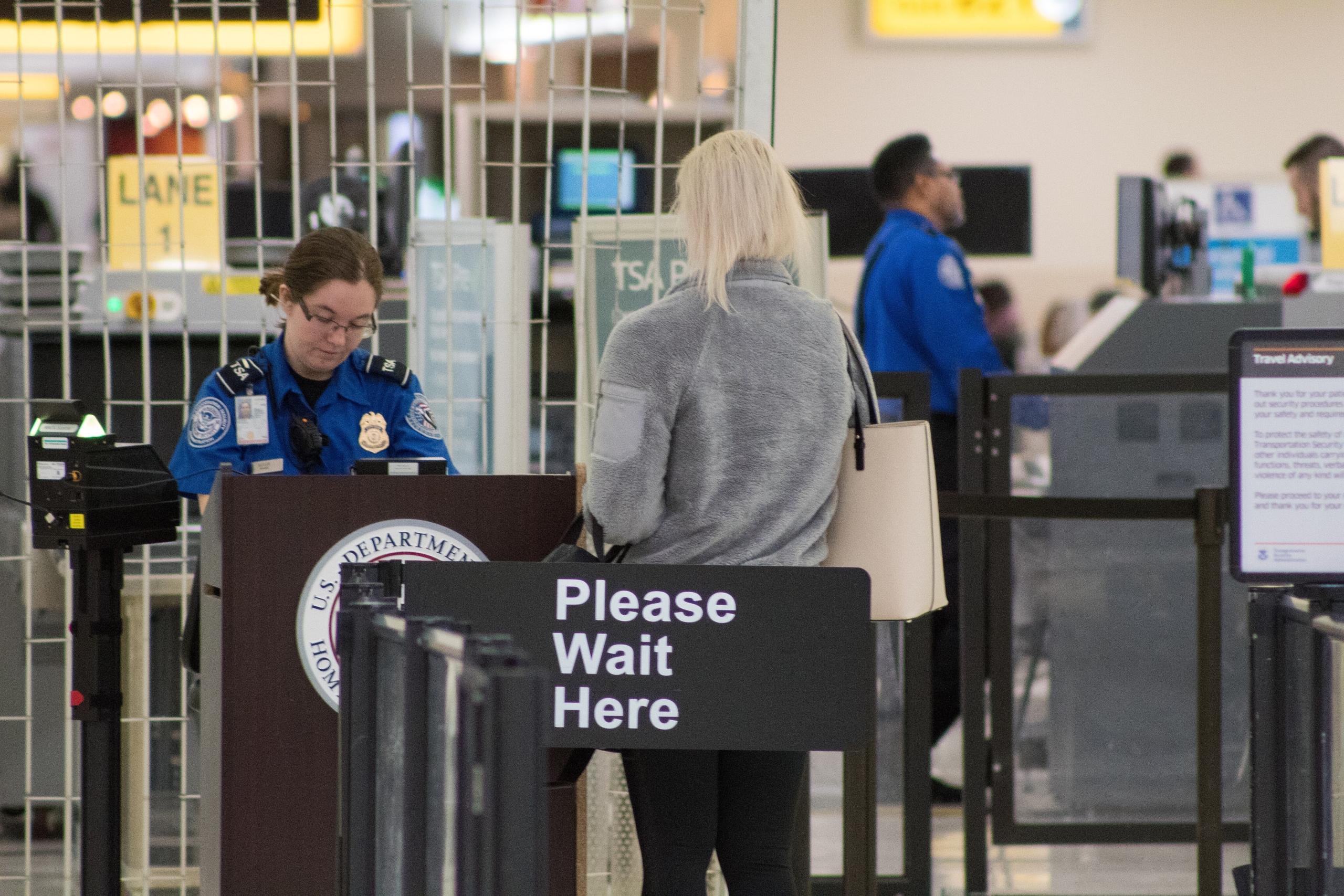
The White House and US Transportation Secretary Sean Duffy have warned that the air travel system is sliding toward a holiday-season meltdown as the government shutdown drags on and essential aviation staff miss paychecks.
“We fear there will be significant flight delays, disruptions and cancellations in major airports across the country this holiday season,” White House Press Secretary Karoline Leavitt said, as reported by Reuters. “If Democrats continue to shut down the government, they will also be shutting down American air travel.”
Air traffic controllers are always focused on safety but they’re frustrated that their paycheck is ZERO DOLLARS!
— Secretary Sean Duffy (@SecDuffy) October 30, 2025
While Democrats play politics, the patriots of our skies are not getting a paycheck. It’s on @SenSchumer and @RepJeffries to open the government. pic.twitter.com/UqcAaUTXvc
During a Capitol Hill press conference, Duffy urged controllers to continue reporting to work as they face their first $0.00 paycheck, but warned the public, “I can’t guarantee you that your flight will be on time. I can’t guarantee you that your flight’s not going to be cancelled. It’s going to depend on our air traffic controllers coming into work every single day.”
Federal data and agency plans show that the backbone of US air travel—controllers, checkpoint officers, airport customs officers, weather forecasters, and key safety personnel—are required to report for duty without pay, even as cancellations and delays rise as absences mount.
How “working without pay” works in US aviation governance
Under US shutdown law and guidance, agencies classify staff as excepted (must work during a lapse in funding) or furloughed (sent home). Excepted employees performing critical functions continue working without pay until Congress funds the government. Back pay is issued after the fact under guidance from the US Office of Personnel Management. Contractors generally are not guaranteed back pay.
Aviation’s essential workforce is still on the job—unpaid
The Department of Transportation’s official plans for operations during a lapse in appropriations keep core aviation functions running. More than 13,000 FAA air traffic controllers are designated excepted and must work without pay; air traffic control services, controller hiring and field training, and the maintenance and operation of navigational aids all continue. About 11,000 FAA employees overall were initially furloughed, while roughly 50,000 TSA officers continue screening without pay.
At US airports, Customs and Border Protection officers are also excepted, keeping passport control and customs clearance operating; the Department of Homeland Security’s shutdown procedures confirm CBP and TSA’s essential functions continue during a lapse.

Safety oversight does not stop entirely, but it narrows. The FAA retains limited air traffic safety oversight, can recall some safety inspectors (e.g., hazardous materials), and maintains on-call accident response; much certification, rulemaking and administrative work pauses. The NTSB limits itself to emergency-essential investigations during a lapse.
Because aviation depends on precise forecasting, NOAA/National Weather Service forecasters will continue issuing operational products (TAFs, SIGMETs, AIRMETs) as excepted staff. However, the Department of Commerce has curtailed research programs and other non-essential functions.
What aviation departments are doing during the shutdown
The following table breaks down the status of core aviation functions during the lapse in funding.
| Role / Agency | Status | What continues during the shutdown (sources) |
|---|---|---|
| Air Traffic Controllers (FAA) | Working — Excepted | Air traffic control operations continue; Technical Operations maintains navigation/communication systems; limited safety oversight remains active. Sources: US DOT lapse plan; Reuters staffing report. |
| TSA Screening Officers (DHS/TSA) | Working — Excepted | Screening checkpoints remain staffed; ~50,000 officers continue without pay; longer waits expected as missed paychecks accrue. Sources: DHS/TSA guidance; Reuters. |
| CBP Officers at Airports (DHS/CBP) | Working — Excepted | Customs and passport control continue at ports of entry to protect life, property, and revenue. Source: DHS/CBP contingency materials. |
| Aviation Safety Inspectors & Certification Engineers (FAA) | Partially Working | Hazardous materials inspections and on-call accident response continue; most routine certification and rulemaking paused. Source: US DOT lapse plan. |
| NTSB Investigators | Emergency Only | Only emergency-essential accident response continues; many investigations paused. Source: NTSB contingency plan. |
| NOAA / National Weather Service | Working — Excepted | Core forecasts continue, including Terminal Aerodrome Forecasts (TAFs), Significant Meteorological Information (SIGMETs), and Airmen’s Meteorological Information (AIRMETs). Source: US Department of Commerce contingency plan. |
| CDC Quarantine Stations at Airports | Working — Excepted | Essential airport public-health and quarantine operations continue to protect life and property. Source: HHS/CDC guidance. |
| Admin, Rulemaking & Support (FAA & Cross-Agency) | Furloughed | Most non-safety work—rulemaking, hiring, data analysis, modernization projects—paused until funding resumes. Source: US DOT lapse plan. |
What’s at stake as critical aviation professionals miss paychecks
As Duffy warns, the longer the funding lapse stretches on, some essential workers may be unable to keep reporting to work, driving staffing-related delays and cancellations higher. The staffing shortage will be particularly hard felt during Thanksgiving and Christmas peaks. There have previously been sharp increases in delay totals on days when controller absences spike, as the FAA issues ground-delay programs at major airports that cascade through the national airspace.
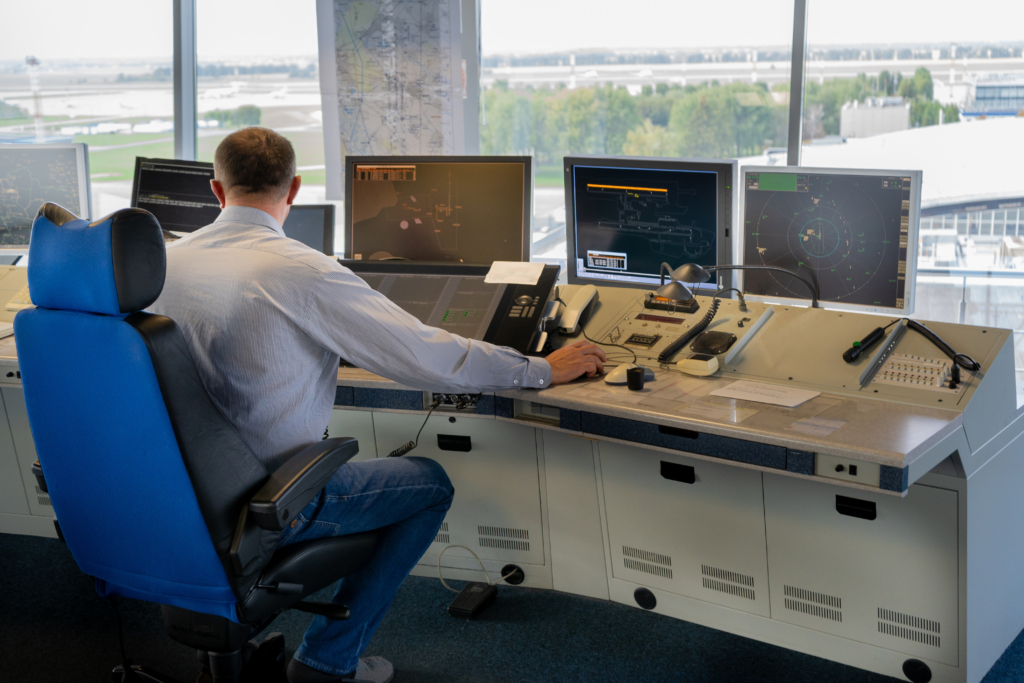
Still, if history is anything to go by, it could take a crisis to end the shutdown. During the previous 35-day shutdown in 2019, air traffic controllers and TSA officers’ absences increased as workers missed paychecks, leading to significant flight delays, cancellations, and long checkpoint wait times at some airports. When the air travel chaos impacted Washington, D.C., lawmakers finally agreed on government funding.
The impact of the shutdown will be felt even after the Congressional dispute over funding is resolved, with training, hiring, and certification taking longer to resume, making the rebound more difficult.
Featured image: Michael Ball | Wikimedia Commons
